Although solar panels are designed to endure a variety of weather situations, storms present a special set of difficulties. The stability of your solar energy system may be threatened by strong winds, flying debris, intense rain, and possible flooding. Even while solar panels and hurricanes are often discussed regarding durability, panels themselves are usually approved for winds of at least 140 mph. However, roofing structures and mounting gear may still be at risk. Knowing how hurricanes might affect your system and what you can do to safeguard your investment is crucial before hurricane season starts.
Inspect and Maintain Your System Ahead of Time
Routine inspections are your first defence. Before a hurricane, check your mounting system for wear, damaged panels, or loose bolts. Verify electrical component sealing and rail, bracket, and fastener security. Expert inspections are recommended annually, especially before hurricane season. Many solar installers offer structural and electrical inspections as part of their upkeep. Addressing minor issues early helps prevent larger, more expensive issues.
Reinforce and Anchor Where Needed
More reinforcements might be required in hurricane-prone locations. Assist your solar installer in making sure hurricane-rated hardware is used to mount your system. Installers may occasionally increase stability by adding additional anchors or cross bracing. To make sure posts are securely fastened and deeply set, ground-mounted systems should be inspected. See a contractor about strengthening the roof structure or switching to more robust mounting options if your panels are on an older or less stable roof.
Secure Loose Items and Debris Nearby
Nearby unsecured objects can be a serious hazard, even if your solar system is securely fixed. Debris turns into hazardous projectiles during hurricanes, which can break or crack solar panels. Stow or secure things like tools, potted plants, patio furniture, and barbecues as you stroll around your property. To lessen the possibility of branches falling on your array, prune trees close to the panels. By taking these safety measures, you lower the chance of injury and property damage in addition to protecting your panels.
Know When and How to Shut Down Your System
Knowing how to turn off your solar system during a big hurricane is vital. Even though many modern solar arrays have automatic shutoff, manual shutdown measures are still important in emergencies. Consult your system’s user manual or ask your installer for shutdown instructions. Grid-tied systems may need to disconnect to avoid outages or surges. Being prepared allows you to reply quickly and confidently.
Conclusion
It doesn’t take panic to protect your solar system before a hurricane hits, you just need planning. You can reduce damage and protect your solar investment by being aware of the hazards, keeping your equipment maintained, fortifying where needed, and securing your surrounds. Taking pre-emptive measures now can result in long-term savings and peace of mind tomorrow as weather patterns grow more unpredictable.


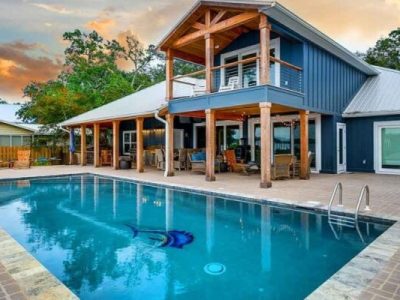

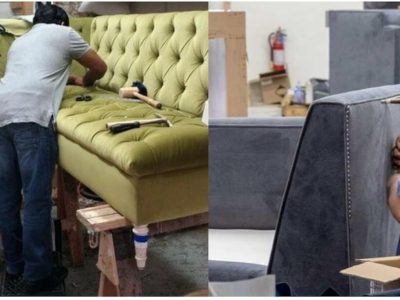

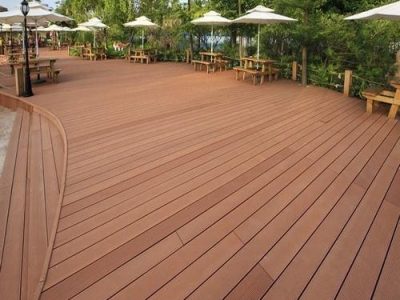




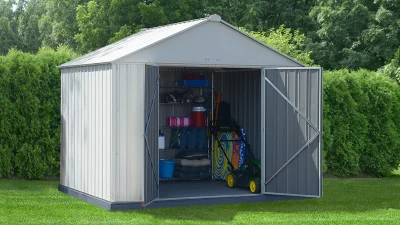
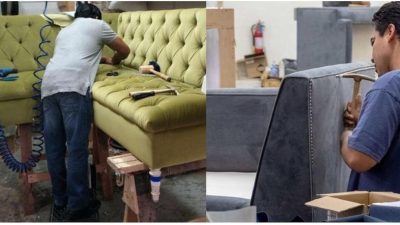
Comments